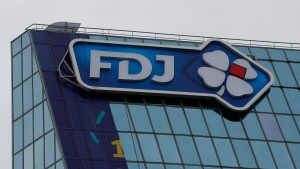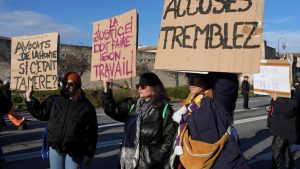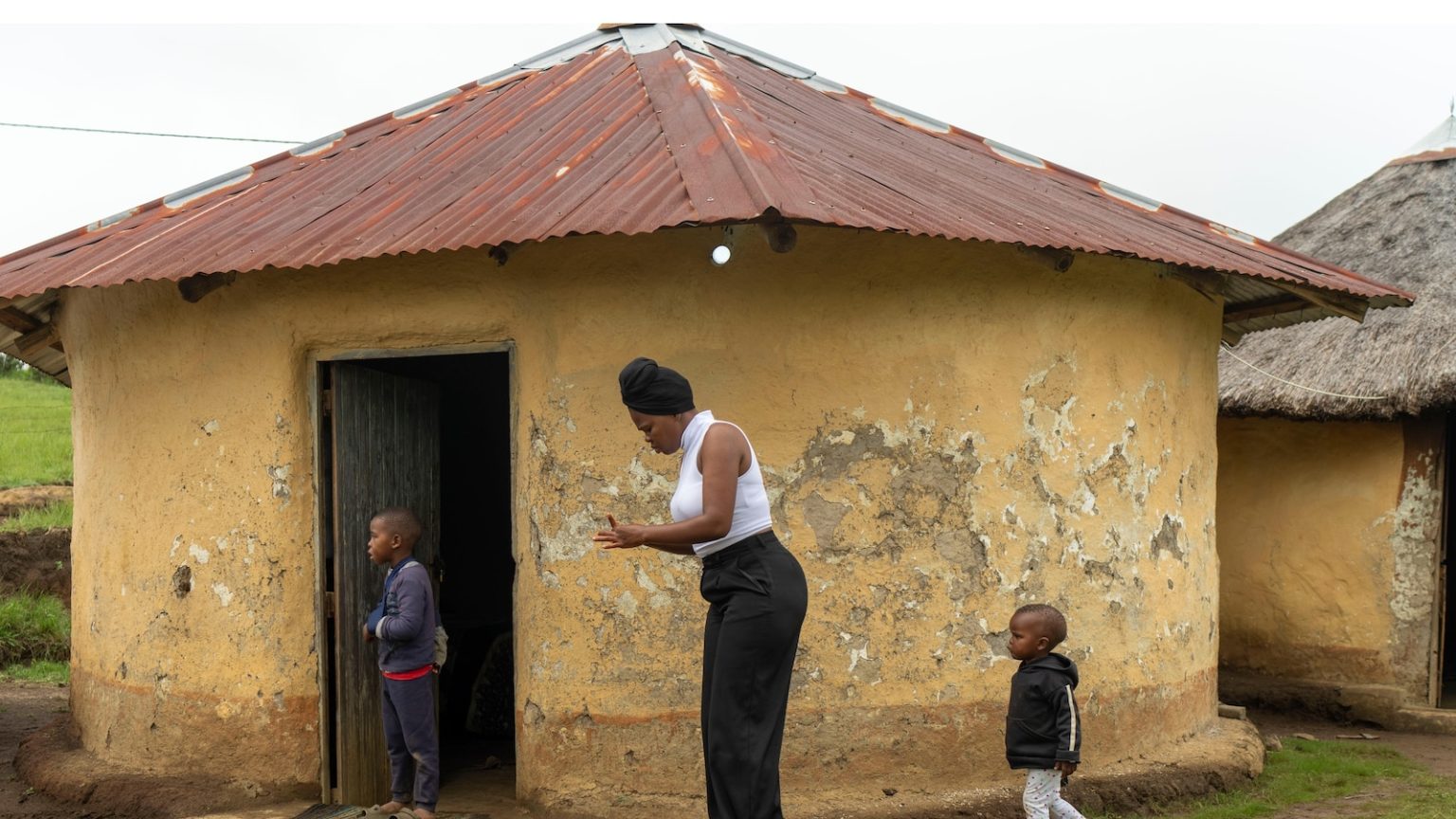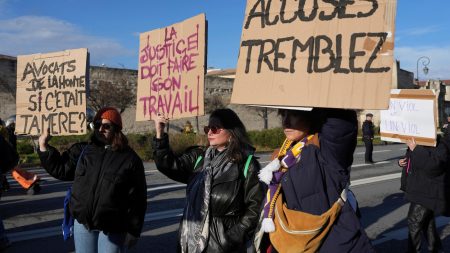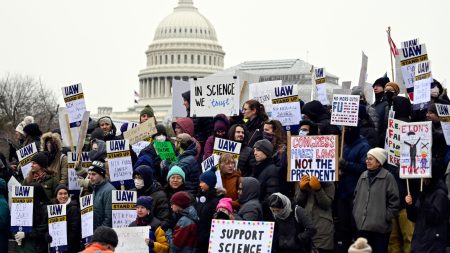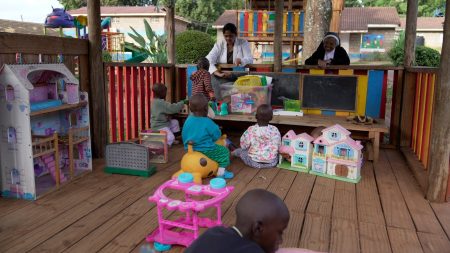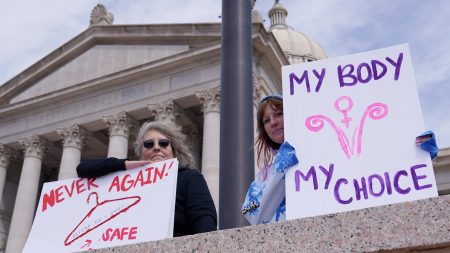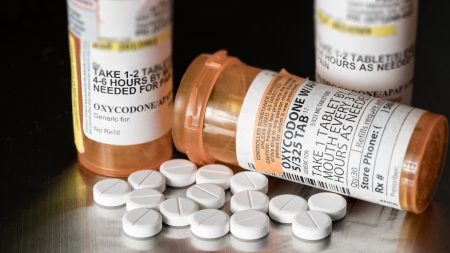A Hope Deferred: The Uncertain Future of HIV/AIDS Care in Africa
The Lifesaving Impact of PEPFAR and Its Uncertain Future
Florence Makumene, a 53-year-old Zimbabwean woman, held her container of HIV medication, wondering if it would be her last. Decades ago, HIV was a death sentence in sub-Saharan Africa, claiming millions of lives. But for Makumene, who tested positive in 2016, life-saving treatment was possible thanks to a community group funded by the U.S. President’s Emergency Plan for AIDS Relief (PEPFAR). She bounced back stronger, defying the odds and the despair of her loved ones who had already prepared to bury her.
PEPFAR, introduced in 2003, has been a cornerstone in the global fight against HIV/AIDS, saving over 26 million lives and transforming the trajectory of the disease worldwide. However, a 90-day freeze on foreign aid by the Trump administration halted this progress, causing widespread panic. Despite a subsequent promise of waivers to maintain lifesaving treatments, the damage was done. Clinics closed, health workers were laid off, and access to HIV testing and treatment dwindled, leaving millions in peril.
A Decades-Long Fight at Risk of Unraveling
The freeze on PEPFAR funding has sent shockwaves across Africa, where the program has been a lifeline. In Zimbabwe, thousands of U.S.-funded health workers have lost their jobs, and NGOs supporting people like Makumene have shut down. Simon Bwanya of the Zimbabwe National Network of People Living with HIV described the situation as desperate, with people finding clinic doors closed and hope dwindling.
Globally, AIDS-related deaths have dropped by 69% since 2004, and new infections have fallen by 60% since 1995. Much of this progress can be attributed to PEPFAR, which has focused heavily on sub-Saharan Africa, the hardest-hit region. Professor Francois Venter of the University of the Witwatersrand called PEPFAR the most efficient deployment of health resources he has ever seen, questioning how the money could have been better spent.
Yet, the program’s future remains uncertain. PEPFAR’s funding freeze has disrupted the delicate healthcare infrastructure it helped build. In South Africa, where PEPFAR supports 15,000 health workers, the loss of these critical staff members could collapse the entire HIV response system. Clinics have closed, and basic services like testing and treatment are crumbling.
The Human Cost of Funding Cuts
For Florence Makumene and the 20 million people worldwide who rely on PEPFAR for antiretroviral medications (ARVs), the funding freeze is a matter of life and death. ARVs keep HIV in check, preventing it from progressing to AIDS. Without them, the virus can re-emerge, leading to drug-resistant strains and increased transmission risk. “You stop your ARVs, you get AIDS,” warned Professor Venter.
The situation is dire. In Kenya, over 40,000 health workers face layoffs, while in Lesotho, 1,500 workers—7% of the country’s health staff—have already been dismissed. Desperate measures, such as recruiting medical students and graduates to fill the gaps, offer little relief. The closures of PEPFAR-funded NGOs have left patients like Makumene feeling abandoned, with no one to turn to for their medications.
A Fragile Progress Threatened by Politics
The U.S. administration’s decision to impose a funding freeze has been met with widespread criticism. While Secretary of State Marco Rubio announced waivers to keep lifesaving treatments running, experts and activists argue that the restrictions are insufficient. The waivers exclude critical prevention programs, such as pre-exposure prophylaxis (PrEP) for high-risk groups like gay men and sex workers, and have halted contraception services.
The consequences of these cuts are far-reaching. United Nations AIDS program Executive Director Winnie Byanyima warned that the funding freeze could lead to a surge in AIDS cases, undoing decades of progress. In South Africa, health advocates described the situation as nothing short of a crisis. Sibongile Tshabalala of the Treatment Action Campaign said that critical healthcare infrastructure is being dismantled, leaving lives hanging in the balance.
A Glimmer of Hope Amid Crisis
Despite the challenges, there is a glimmer of hope. In late January, a federal judge ordered the Trump administration to lift the foreign aid freeze, rejecting the argument that waivers were sufficient to maintain funding. While the ruling offers temporary relief, the long-term outlook remains uncertain.
Countries like South Africa are scrambling to find alternative funding to keep health workers employed and clinics running. However, the task is daunting, especially for poorer nations like Lesotho, which lacks the resources to fill the gaps left by PEPFAR. The international community has called for renewed commitment to HIV/AIDS funding, emphasizing that the fight against the disease is far from over.
The Way Forward: Sustaining Progress and Ensuring Equity
The HIV/AIDS crisis in Africa is a stark reminder of the fragility of progress in global health. Decades of hard-won gains are at risk of being reversed due to political decisions and funding shortfalls. As Florence Makumene and millions like her anxiously wait to see if their medications will run out, the world is reminded of the human cost of inaction.
The road ahead requires more than temporary fixes; it demands a sustained commitment to funding and equity. PEPFAR’s success lies not only in the lives it has saved but in the hope it has restored to communities once devastated by HIV/AIDS. To turn back now would be to abandon that hope—and the millions who depend on it.
